
You could say that the Maasai Mara and the Serengeti are two sides of the same coin. Put your foot in the Serengeti and you are venturing into Tanzania. Explore the Maasai Mara, and though you are in the same ecosystem, you're in a different country: Kenya. I have spent a significantly larger portion of my time on the Kenyan side. After all, Angama Mara is home.
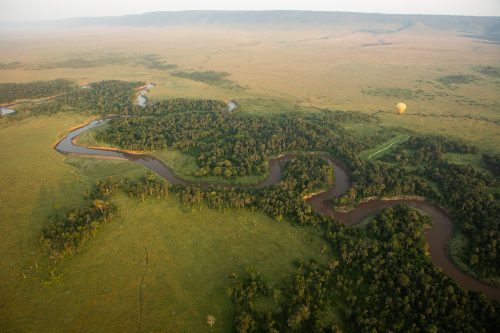
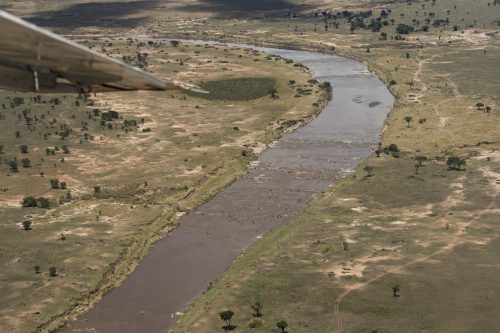
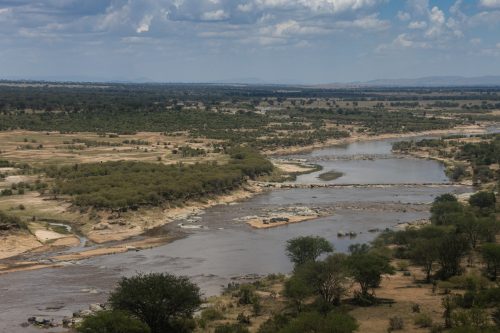
Some may not know that the Mara River is within both East African countries. It starts up north in the Mau Forest, a highland area to the north of the Maasai Mara. From here it twists and turns south, punctuated by oxbow lakes and meandering through thick riverine forests. Up in its northern segments, it is a fairly narrow, fast-flowing river with steep eroded banks. Working its way south through crocodile-infested waters and numerous deeper hippo pools, it starts to flatten out, widen and slow down. It crosses into Tanzania very close to the confluence with another smaller water body known as the Sand River. It is near here that you find Purungat Bridge, one of the few vehicle crossing points between the Mara Triangle and the Greater Mara.
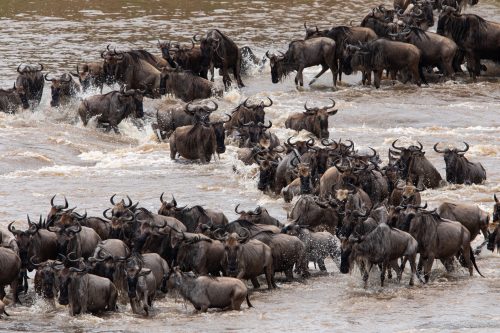
When it comes to animals, the boundary is completely porous. Wildlife moves freely between the two countries and this huge open system is a refreshing case study in effective border management. The Great Migration sees millions of animals – wildebeest, zebra, topi, elands and Thomson’s gazelle – move between Tanzania and Kenya running the gauntlet of the Mara River.
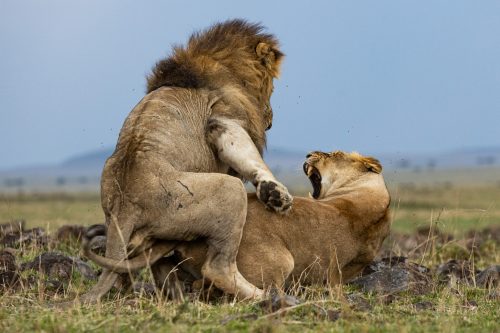
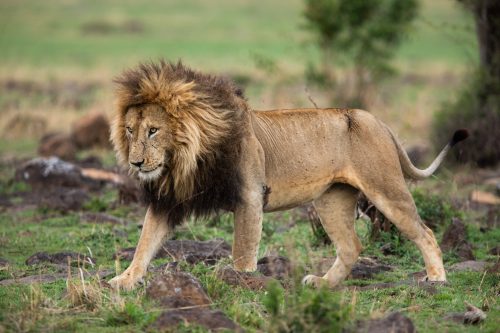
Of course, the border is not porous when it comes to people, and wanting to cross the political boundary requires going through all the normal hoops required to travel internationally. For years, I had gazed south across the Tanzanian border and wondered what it would be like to explore a region known as the Lamai Wedge, to spend time with the lion and cheetah that call it home, and most importantly to drive along the banks of the southern sections of the Mara River.
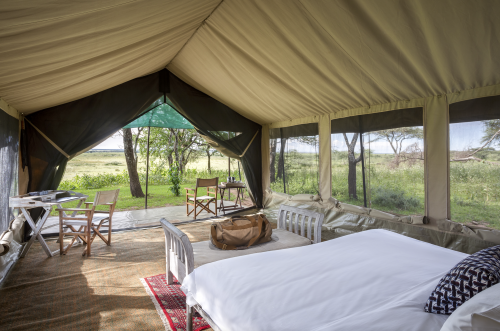
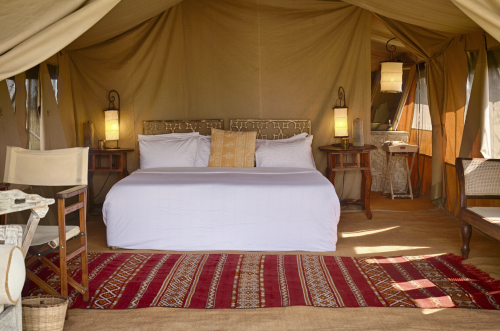
In mid-September, I finally got the opportunity. Thanks to Angama Safaris, I had the opportunity to visit Serian’s Serengeti Lamai – a mobile camp that essentially moves between the northern and southern Serengeti in sync with the movements of the mega wildebeest herds – and spend time with Alex Walker himself. Plotted on a map as the crow flies, I would only be travelling 30kms south from Angama Mara. But, in order to pass through customs and to spend some time in both Nairobi and Arusha, I had to spend the greater part of a day travelling.
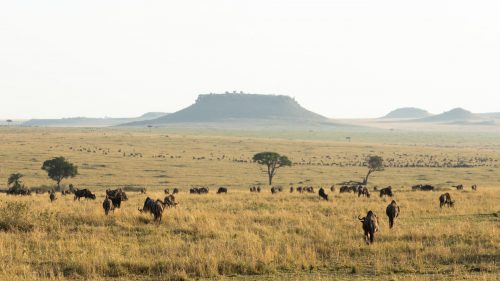
Landing in Lamai was a rather surreal experience. It had taken me a few hours of flying to get to a point from which I could take out a pair of binoculars and see Angama Mara perched on the escarpment in the distance to my north. Not too far away were the familiar Inselbergs dotted across the landscape. Except this time, instead of looking south towards them, I was looking north. It felt oddly familiar, but at the same time, completely new.
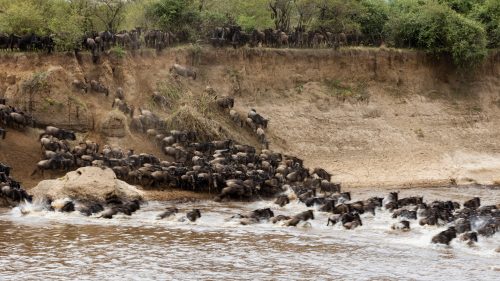
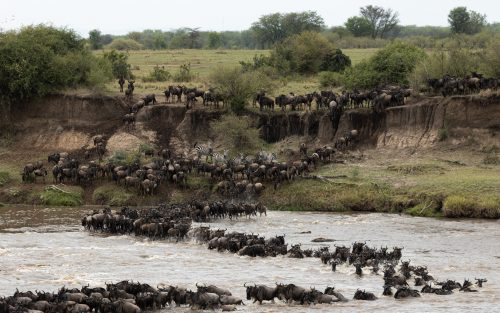

Serian’s Serengeti Lamai is a delightful light footprint, mobile tented camp tucked into an acacia thicket on a crest overlooking one of the most famous, and productive, Mara River crossing points in the Serengeti. Crossing Point Number Four. I had heard about it on various guide WhatsApp chats, I had read about it in books and seen photographs of it on Instagram. At last, I had the chance to see it for myself and I was not disappointed. During my four nights at the northern tip of the Serengeti, I watched three river crossings, two of which were large and dramatic, full of life and action. I leapt at the opportunity to capture intense moments and a different take on the river crossing theme.
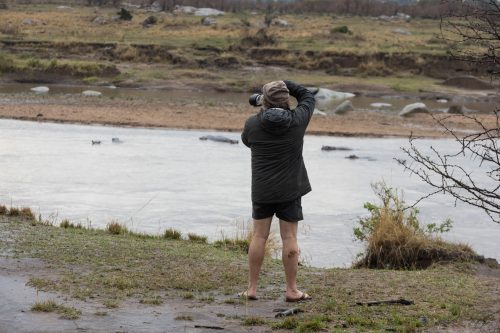

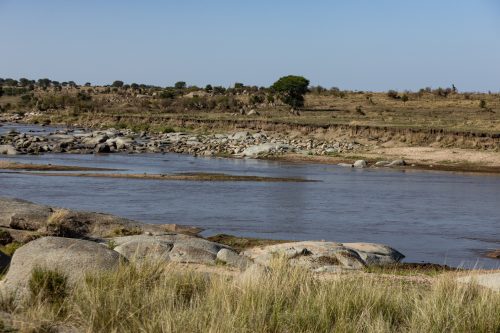
However, the real joy was spending time with Alex exploring the river. We drove up towards the confluence of the Sand and Mara Rivers and from there we slowly followed the riverbank downstream. I was amazed to see how the river changed in appearance. It became extremely rocky in places, and the banks were often more gradual and shallower. The river was wide and slow-flowing and along the course of the river were palm trees. Instead of the fast-paced twists and turns that we see upstream, it was sluggish and gently curved its way across the countryside.

The surrounding vegetation was also a marked change. Up north, in Kenya, our most famous crossing points are in an area known as ‘Lookout’. There are sheer drops and the river is just a few metres wide. Away from the river, you find predominately small thickets of crotons, but mostly open grasslands. Downstream, the banks here are much more vegetated, the grasslands shorter and replaced with more bushes and trees. I was also surprised by the temperatures. It was substantially warmer just a few degrees south, apparent by the change in many of the bird species encountered. I was seeing birds that were not found just five kilometres to the north.
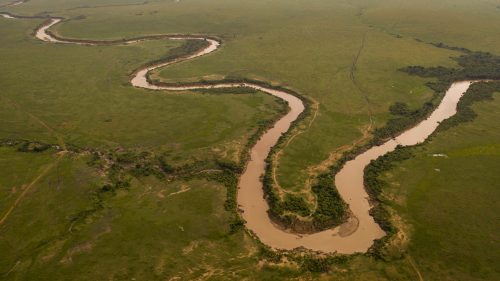
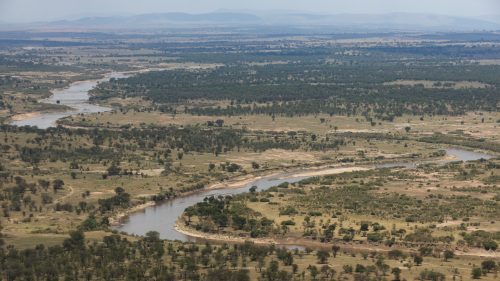
In essence, the northern Serengeti and the Maasai Mara may indeed be two sides of the same ecological coin, but there is certainly enough variation in experiences to warrant both being included on a longer more in-depth safari. Each has unique features, beautiful scenery, different park management styles and most interestingly, both set the scene for two completely different wildlife experiences.
Our warmest thanks to Alex Walker’s Serian for graciously hosting Adam. We are proud to call them both friends and partners.
Filed under: East Africa Travel
Subscribe for Weekly Stories
Comments (0):
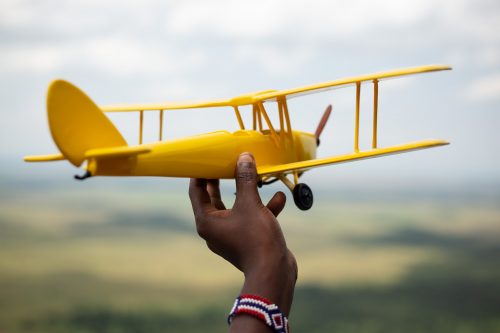
Out of Africa